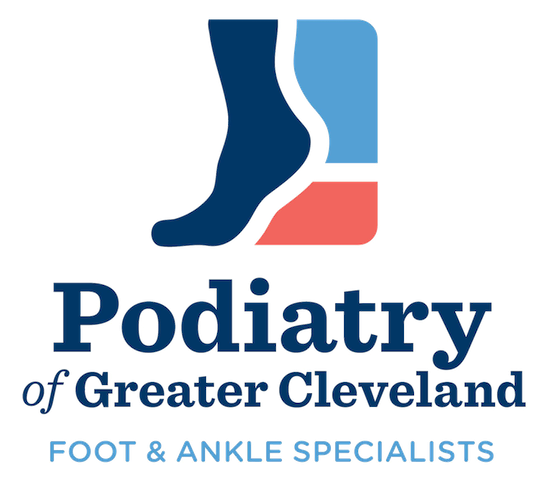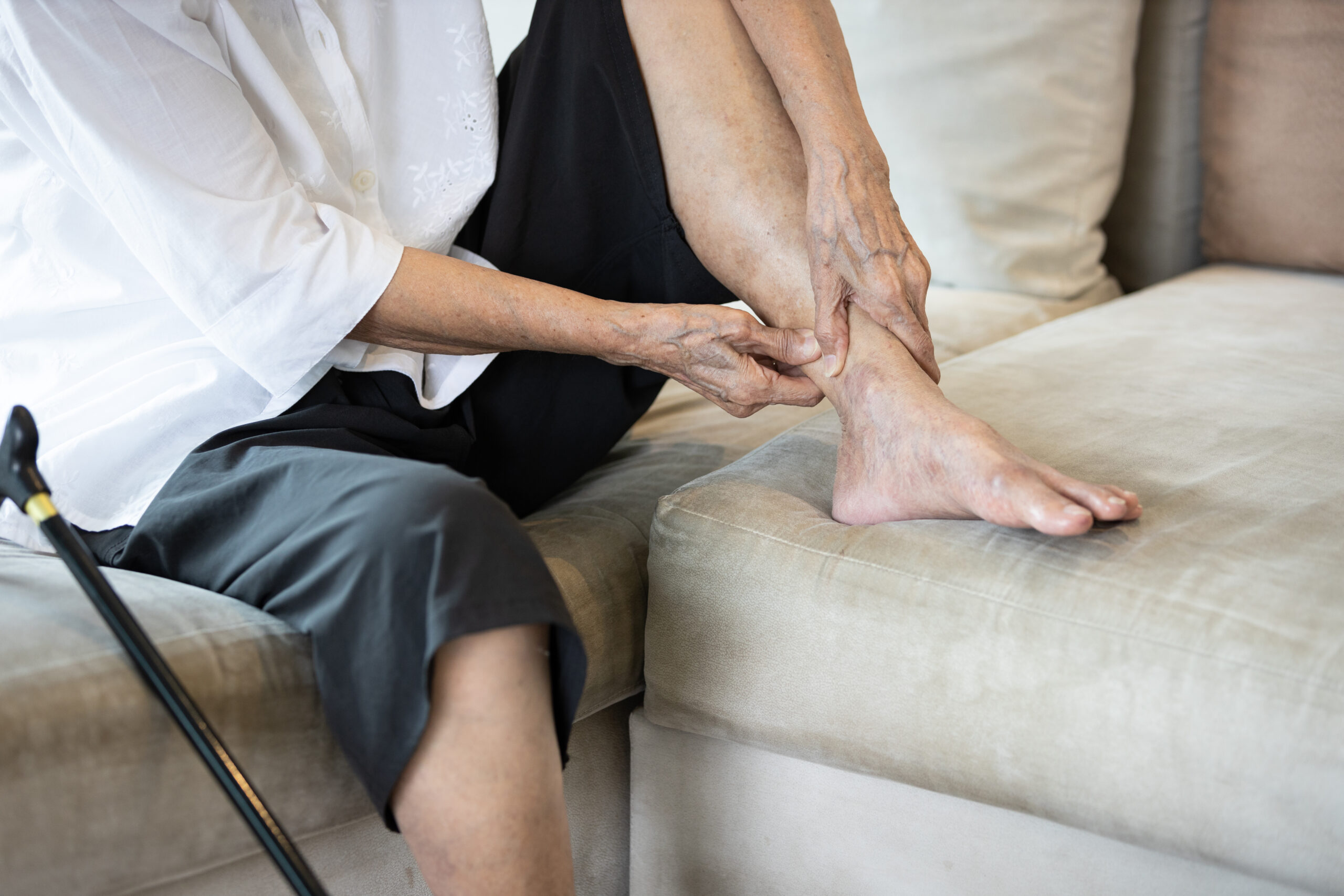The Achilles tendon, which runs from the calf down to the heel, connects the two major muscles in the leg. It plays a crucial role in our anatomy and enables many aspects of our daily lives, including standing, walking, running, and more. Though it is the strongest tendon in our bodies, overuse and high impact activities can be damaging. The pain and inflammation of the tendon is called Achilles Tendinitis.
Achilles Tendinitis is characterized by heel pain, ankle pain, tenderness, leg weakness, swelling, stiffness, and more (Cleveland Clinic, 2021). These symptoms may occur at any time but tend to be especially common after being active or first thing in the morning.
Though any situation that makes aspects of daily life uncomfortable is concerning, Achilles Tendonitis is typically treatable with proper self care. RICE, a commonly used acronym for addressing soft tissue injuries stands for rest, ice, compression, and elevation (Mayo Clinic, 2021). But if symptoms persist it is important to contact a health care provider in order to determine the problem and the best plan of action.
For the cases of Achilles Tendinitis that are severe or continue to arise, doctors will perform tests such as x-rays and ultrasounds to rule out other problems. Once you have a confirmed diagnosis, treatments can vary from over-the-counter pain medications, physical therapy, and orthotic devices (Mayo Clinic, 2021). For extreme cases of Achilles Tendinitis surgery may be recommended.
It can be scary to experience pain that gets in the way of your routine. But there are options available. At Podiatry of Greater Cleveland our physicians are committed to addressing our patients concerns and answering any questions they may have. From there we can determine an individualized care plan. To learn more about Achilles Tendinitis or to schedule an appointment with us, contact us today.

